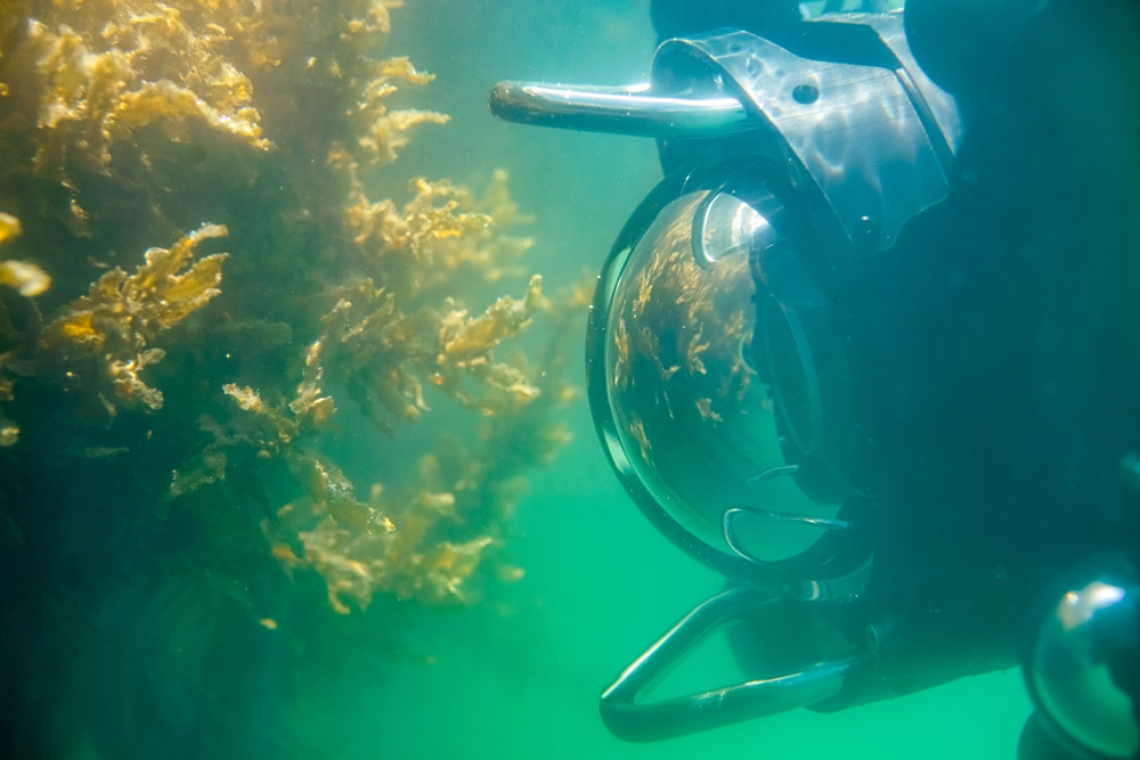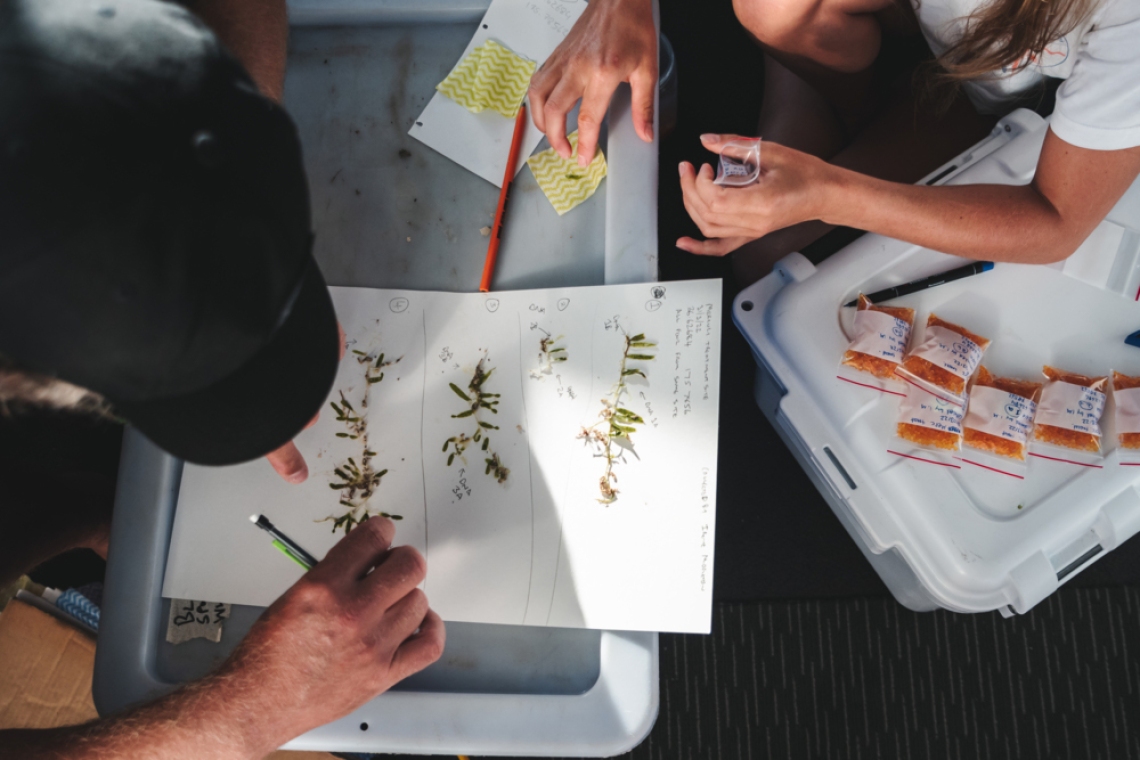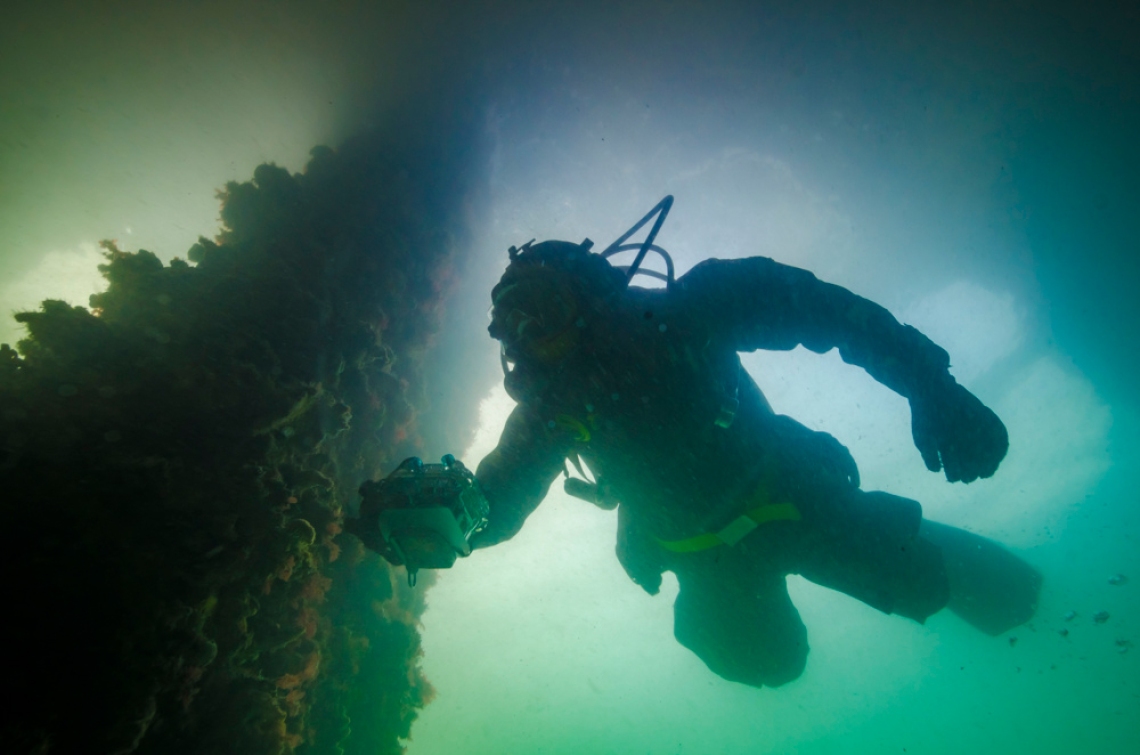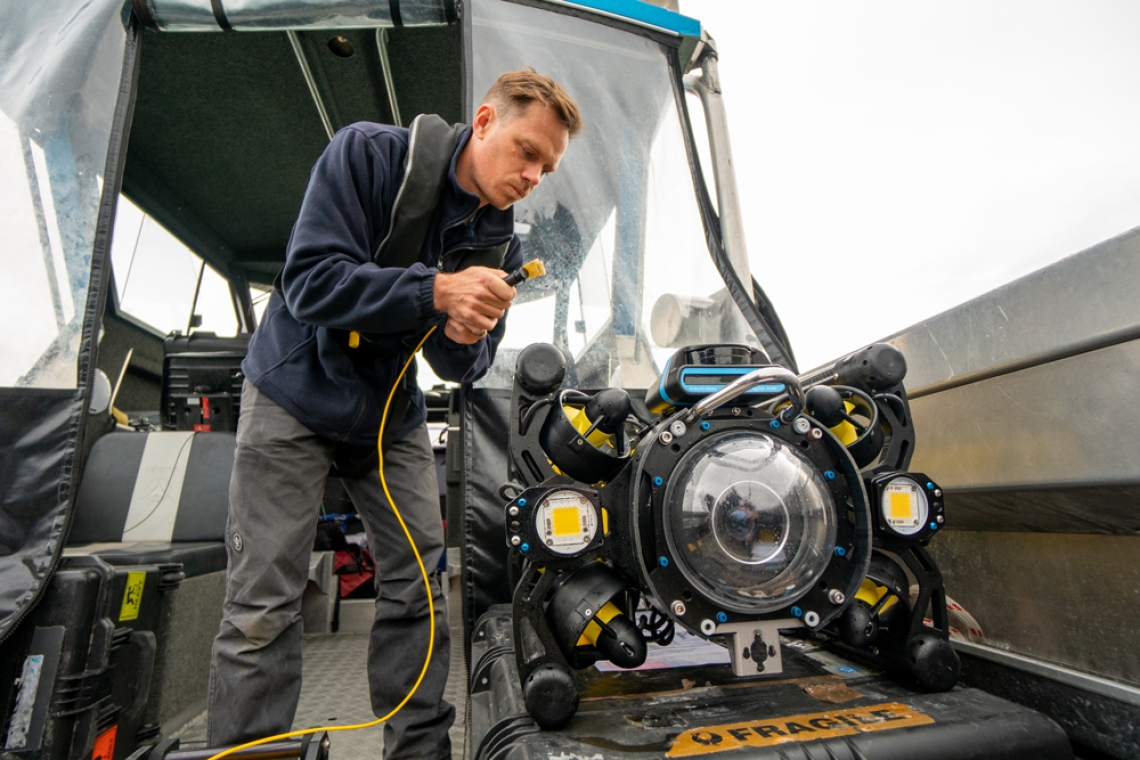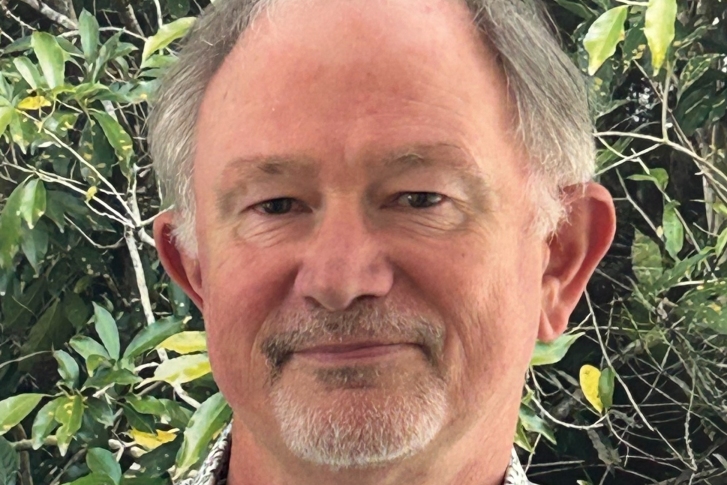Introduced pests and diseases can harm the health of Aotearoa New Zealand's marine ecosystems, our seafood industry, and the social and cultural benefits that we derive from the sea.
NIWA undertakes world-leading research and provides science-based advice and consulting services across the biosecurity system – from assessment of offshore risks to management of established pests and diseases. Our multi-disciplinary teams draw on expertise in risk assessment, diagnostics, field operations, modelling, statistics, surveillance, ecology, and economics to deliver solutions that are robust and fit-for-purpose. We have established relationships with management agencies, industry, iwi and other biosecurity providers both in New Zealand and overseas.
NIWA's goal is to provide advice and services that enable timely and effective management of harmful marine pests and disease.
Readiness and resilience
Our research aims to develop improved tools and methodologies for identifying new threats, assessing risk, and understanding the impacts of existing and emerging pests and diseases. We can assist with:
- Risk assessments and management tools for marine organisms, imports, and pathways
- Understanding the biology and impacts of aquatic pests and diseases
- Developing effective biosecurity and response plans for industry and government including: – Ports & Shipping – Aquaculture – Energy sector – Coastal activities
Relevant examples
- Risk assessment tools
- Risks from shipping pathways – biofouling and ballast water
- Tools and technologies for pathway management
- Economic assessment guide on the benefits of marine biofouling management
- An evaluation of efficacy and environmental safety of in-water cleaning and capture of ship biofouling
- Procedures for evaluating in-water systems to remove or treat vessel biofouling
- A portable thermal system for reactive treatment of biofouled internal pipework on recreational vessels
- Effects of the introduced Mediterranean fanworm, Sabella spallanzanii, on New Zealand marine ecosystems
Diagnostics
We provide diagnostic services, guides and training in the identification of introduced marine organisms to members of the public, business, and government organizations. Our services are supported by world-class taxonomic expertise, internationally significant collections of specimens, and a state-of-the-art molecular biology facility for the extraction, sequencing and analysis of DNA.
We can help with:
- Morphological and molecular dentification of non-native algae, invertebrates, and fish
- Diagnosis of shellfish diseases
- Assay development and application for aquatic pests and pathogens
- Production of identification guides and training
- Curation of national collections and geographic databases of non-native species recorded from New Zealand
- eDNA and metacommunity analysis – using metabarcoding and next generation sequencing
Our team is experienced in the development of species-specific assays – including PCR, qPCR and ddPCR - for the detection and quantification of aquatic pests, microbial diseases and pathogens.
Relevant examples
Marine Invasives Taxonomic Service (MITS)
NIWA provides a taxonomic identification and collection management service for Biosecurity NZ to enable accurate and rapid identification of suspected marine pests in Aotearoa New Zealand. MITS draws on NIWA experts and a national and international network of specialist marine taxonomists.
The Marine Biosecurity Porthole website is a service provided by NIWA on behalf of the Ministry for Primary Industries. It provides verified up-to-date information about the presence and distribution of marine invasive species across Aotearoa New Zealand.
Characterisation of pathogens in New Zealand shellfish
- Examination of Rickettsia-like organisms in New Zealand shellfish
- Relatedness of Bonamia ostreae in New Zealand to Northern Hemisphere populations
- Characterisation of Rickettsia-like organisms in toheroa (Paphies ventricosa)
- Bacterial composition in toheroa (Paphies ventricosa) tissues
- Pathology baseline survey of toheroa (Paphies ventricosa) health
Surveillance
NIWA has an established track-record of designing and delivering high-quality surveillance for marine pests and diseases in shipping ports, harbours, and coastal environments. Our research and services include:
- Baseline inventory
- Early detection
- Delimiting and monitoring surveys.
Our field teams include experienced, WorkSafe-registered Occupational Scientific Divers and Vessel Operators.
Our research involves the development and application of innovative technologies to improve the sensitivity and cost-effectiveness of marine surveillance.
Relevant examples
National Marine High Risk Site Surveillance (MHRSS)
NIWA has successfully delivered the MHRSS under contract to Biosecurity New Zealand for over 20 years. The surveys are undertaken every six months in 12 of New Zealand's busiest international shipping ports and marinas and have been responsible for discovery of incursions by 26 new-to-New Zealand species and 195 range extensions within NZ.
Bonamia surveillance
The oyster parasite Bonamia exitiosa causes episodic, large-scale mass mortality of flat oysters in New Zealand's Foveaux Strait fishery, reducing oyster populations to as little as ~9% of pre-disease stocks. Since 2000, NIWA has carried out regular surveys of the fishery for Fisheries NZ and the Bluff Oyster Management Company to determine the intensity and prevalence of infections and its effects on oyster stocks.
In 2015, a second Bonamia parasite, B. ostreae, was discovered in oysters in the Marlborough Sounds, and subsequently in Big Glory Bay, Stewart Island (2017). NIWA has undertaken targeted surveillance of B. ostreae for Biosecurity New Zealand as part of the biosecurity response and long-term management of this parasite.
- Bonamia exitiosa – the Bluff oyster bugbear
- Double trouble from oyster pathogens
- Bonamia ostreae long-term management programme
- Q&A about oyster disease Bonamia ostreae
Operationalising eDNA-based assays for detection of key pest species
- The risks of using molecular biodiversity data for incidental detection of species of concern
- Towards reproducible metabarcoding: an international cross-laboratory experiment
- Detection of the Mediterranean fanworm using eDNA and eRNA
- Considerations for incorporating real-time PCR assays into routine marine biosecurity surveillance programmes
- Combining morpho-taxonomy and metabarcoding to detect non-indigenous marine pests in biofouling
- Development of a real-time PCR assay for the detection of the Mediterranean fanworm
- The impact of artificial surfaces on marine bacterial and eukaryotic biofouling assemblages
Remotely Operated Vehicles (ROVs) for surveillance
NIWA has invested in the latest Remote Operated Vehicle (ROV) technologies to aid in the surveillance of marine pests in dangerous and challenging conditions. NIWA has four submersible remote operated vehicles equipped with a variety of sensors and positional systems. We regularly deploy these to complement diving activities, provide inspection services in areas un-safe for humans, optimise robotic methods, and increase the scale of surveillance observations.
Incursion response and pest management
NIWA has been developing effective biosecurity management plans for central and local government and industry, including: – Ports & Shipping – Aquaculture – Energy sector – Coastal activities. We have also been offering biosecurity education and training.
View the Marine pests response manuals (Australian Government).
Read the Super-spreader invasive seaweed threatens tourism in Bay of Islands, Newshub article.

